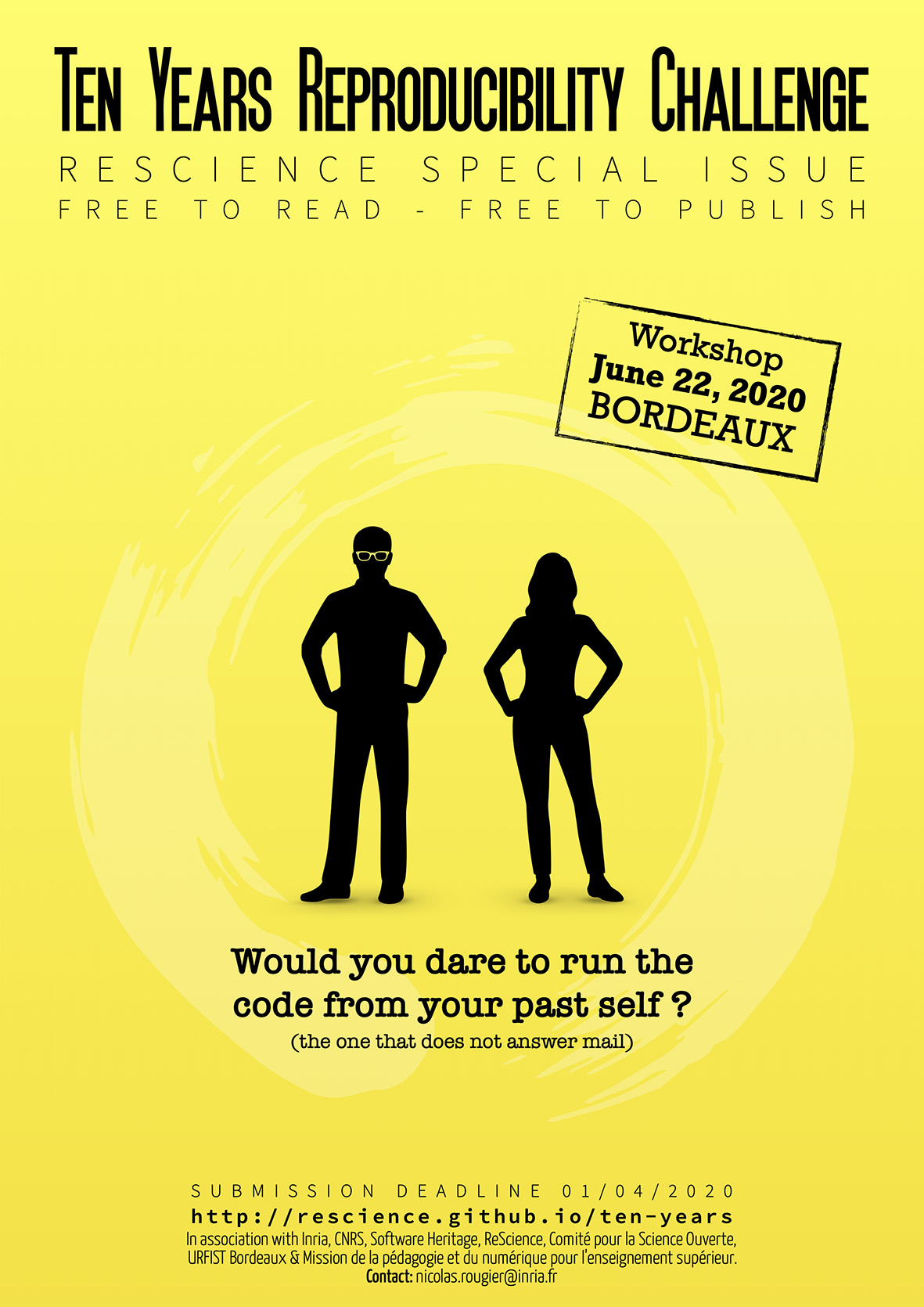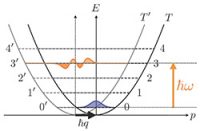Computers have become indispensible tools in scientific research, and software is increasingly becoming a medium for expressing scientific models and methods. But contrary to journal articles, which are archived and remain accesssible for many decades, software is fragile and can become unusable within a few years.
CBM researcher Konrad Hinsen and computer scientists Nicolas Rougier from INRIA Bordeaux Sud-Ouest have launched a challenge to computational scientists: Can you still run code that you published at least ten years ago?
In response, the journal ReScience C, which they founded in 2015, received 28 submissions of detailed reproducibility reports, which have been summarized by a journalist for Nature.


